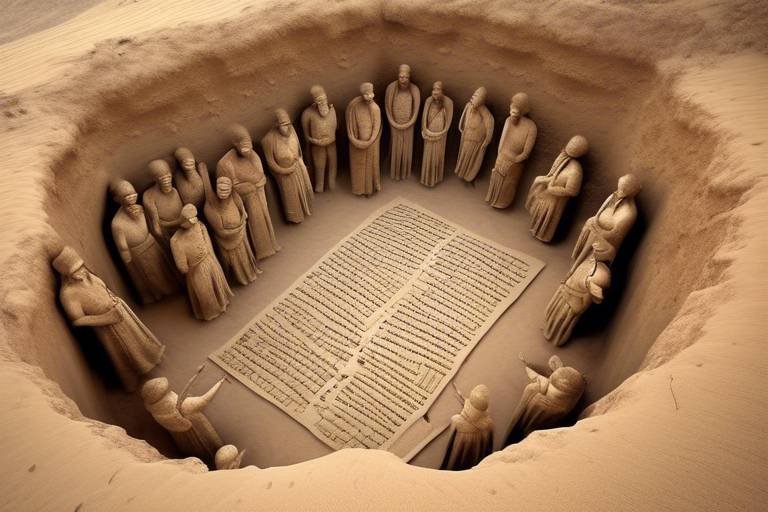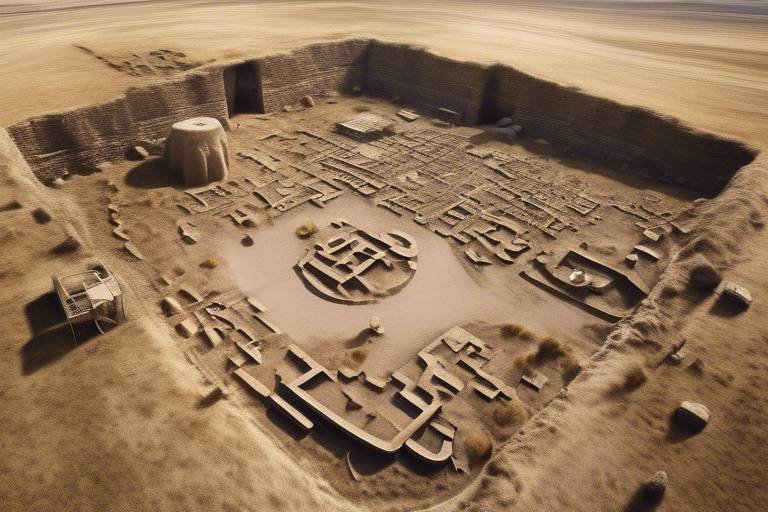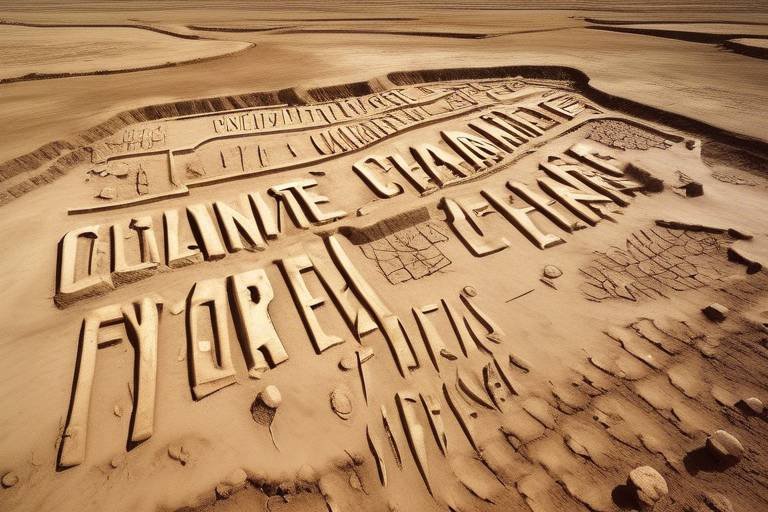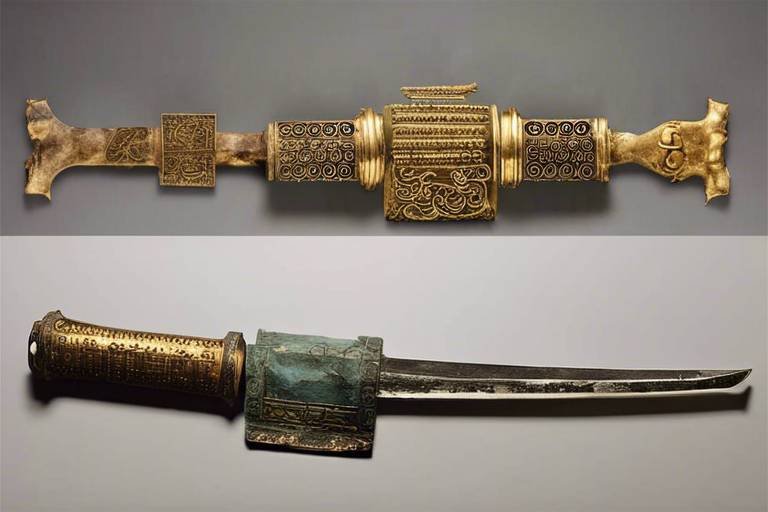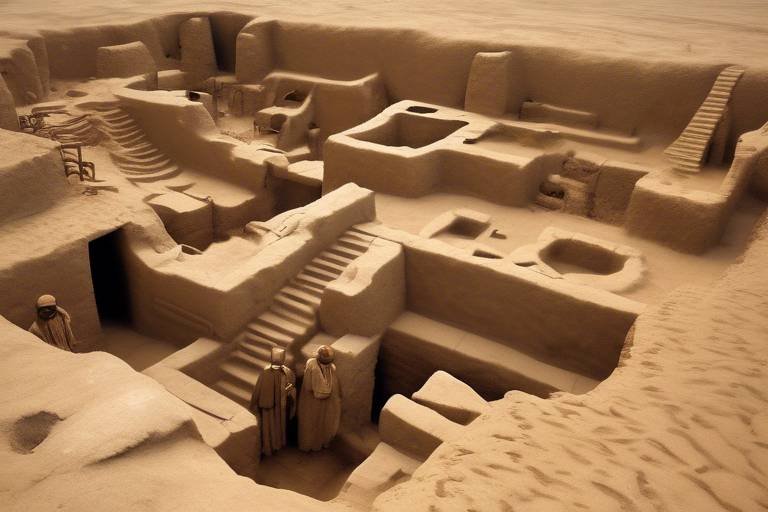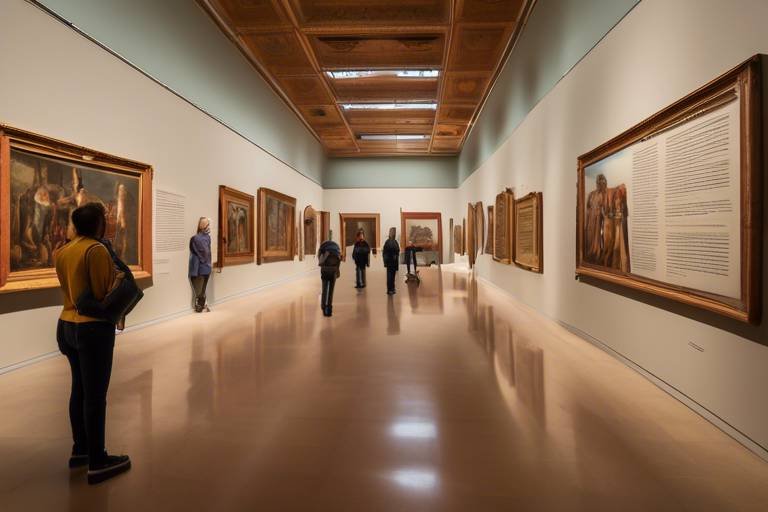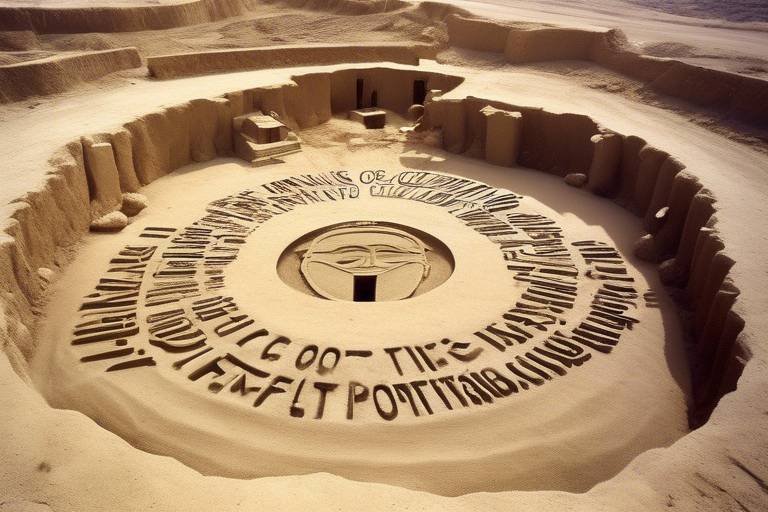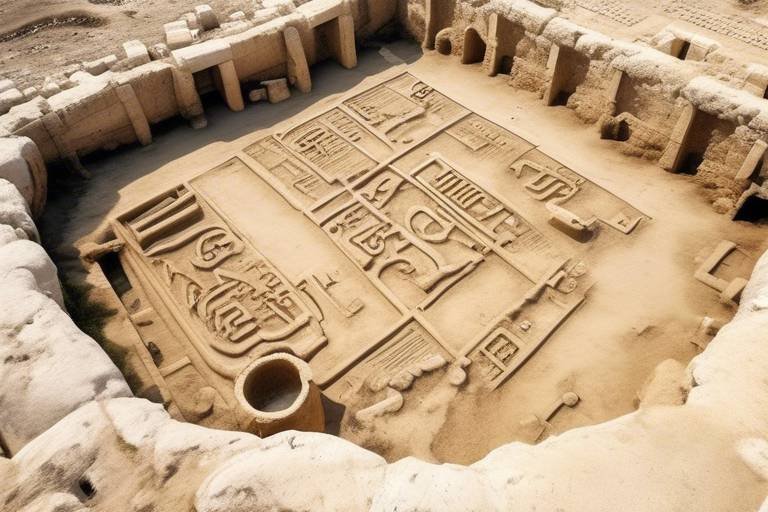How Crowdsourcing Data Benefits Archaeological Research
Crowdsourcing data has revolutionized the field of archaeological research, offering a multitude of benefits that have transformed the way scholars approach the study of ancient civilizations. By harnessing the power of collective intelligence, archaeologists can tap into a vast network of individuals worldwide, each contributing unique insights and expertise to the exploration of historical sites and artifacts.
One of the most significant advantages of crowdsourcing data in archaeology is the enhanced data collection it facilitates. Through this collaborative approach, researchers can gather a wealth of information from various sources, creating a more comprehensive and detailed picture of the past. This influx of diverse data not only enriches our understanding of archaeological sites but also opens up new avenues for exploration and interpretation.
Moreover, crowdsourcing plays a pivotal role in increasing public engagement with archaeological projects. By involving the community in the research process, archaeologists can foster a sense of shared ownership and interest in preserving cultural heritage. This inclusive approach not only educates the public about the importance of archaeological conservation but also instills a sense of pride and connection to the past.
Another key benefit of crowdsourcing data is the improvement in data accuracy it brings about. Through the collective efforts of numerous individuals, data can be cross-referenced, verified, and validated, leading to a higher level of precision and reliability in research findings. This collaborative validation process helps to mitigate errors and ensures the integrity of archaeological data.
Furthermore, the use of crowdsourcing accelerates research progress by distributing tasks among a large pool of contributors. By dividing the workload and leveraging the expertise of diverse participants, researchers can expedite data analysis and interpretation, leading to quicker insights and discoveries. This streamlined approach not only saves time but also allows for a more efficient allocation of resources in archaeological investigations.
Additionally, crowdsourcing contributes to the preservation of cultural heritage by engaging a global audience in the documentation and protection of archaeological sites and artifacts. By raising awareness and mobilizing support from individuals worldwide, archaeologists can work towards safeguarding our shared history for future generations. This collaborative effort not only ensures the conservation of valuable cultural assets but also promotes a sense of stewardship and responsibility towards our collective past.
While crowdsourcing data offers numerous benefits to archaeological research, it also presents challenges and limitations that need to be addressed. Issues such as data quality control, participant expertise, and project management can pose obstacles to the effective implementation of crowdsourcing initiatives. Overcoming these hurdles requires careful planning, robust communication strategies, and continuous monitoring to ensure the success of collaborative research endeavors.
Looking ahead, the future of crowdsourcing in archaeology holds exciting opportunities for innovation and advancement. Trends such as the integration of artificial intelligence, virtual reality, and mobile applications promise to enhance collaboration and data analysis in archaeological research. By embracing these emerging technologies, archaeologists can harness the power of crowdsourcing data to unlock new insights into the past and shape the future of archaeological exploration.
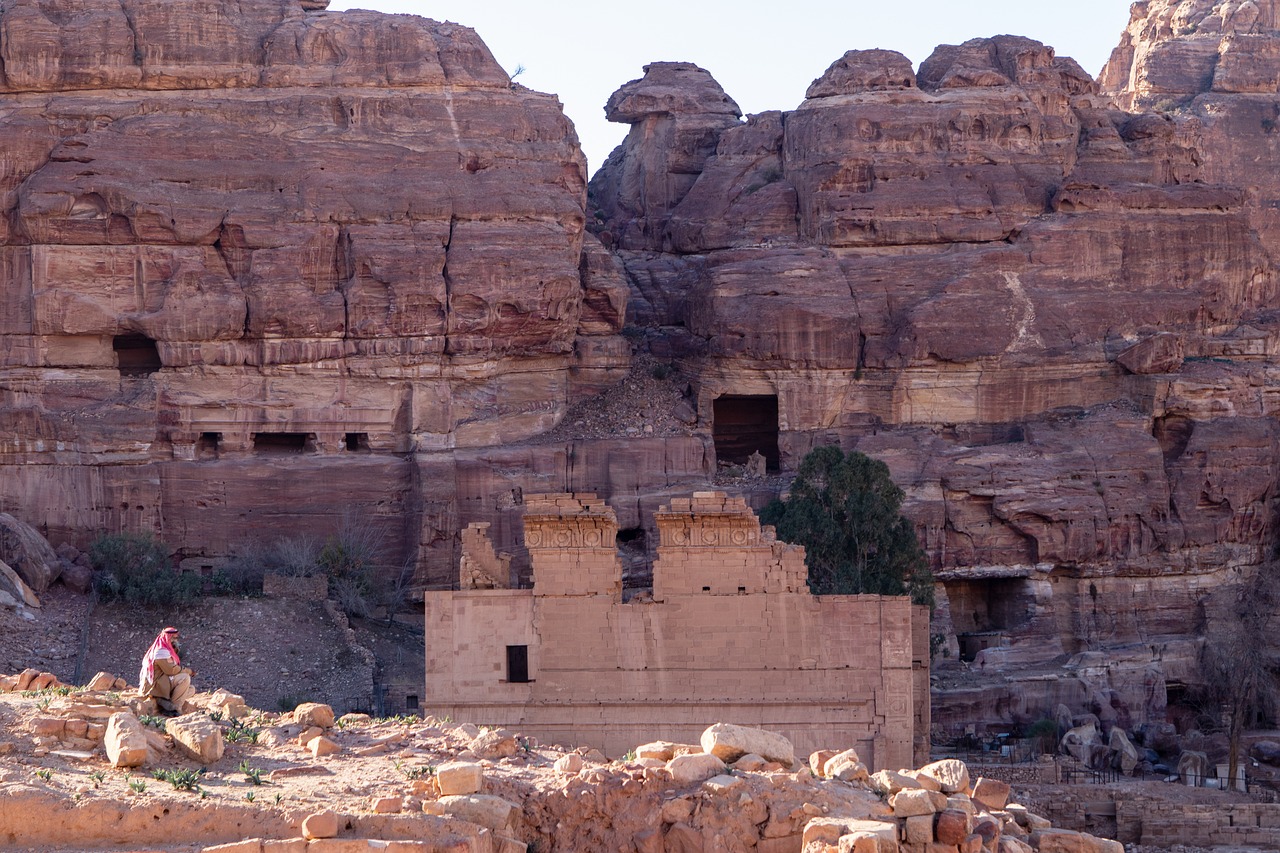
Enhanced Data Collection
Exploring the significant advantages of utilizing crowdsourcing data in archaeological research, including enhanced data collection, increased public engagement, improved data accuracy, and accelerated research progress.
When it comes to archaeological research, the collection of data plays a crucial role in piecing together the puzzle of our past. Crowdsourcing has revolutionized this process by harnessing the power of collective intelligence. Imagine tapping into a vast pool of individuals from different backgrounds, each contributing a piece of information that, when combined, forms a comprehensive picture of archaeological sites and artifacts. This collaborative effort allows researchers to access a wealth of data from diverse sources, leading to a deeper understanding of historical contexts and cultural significance.
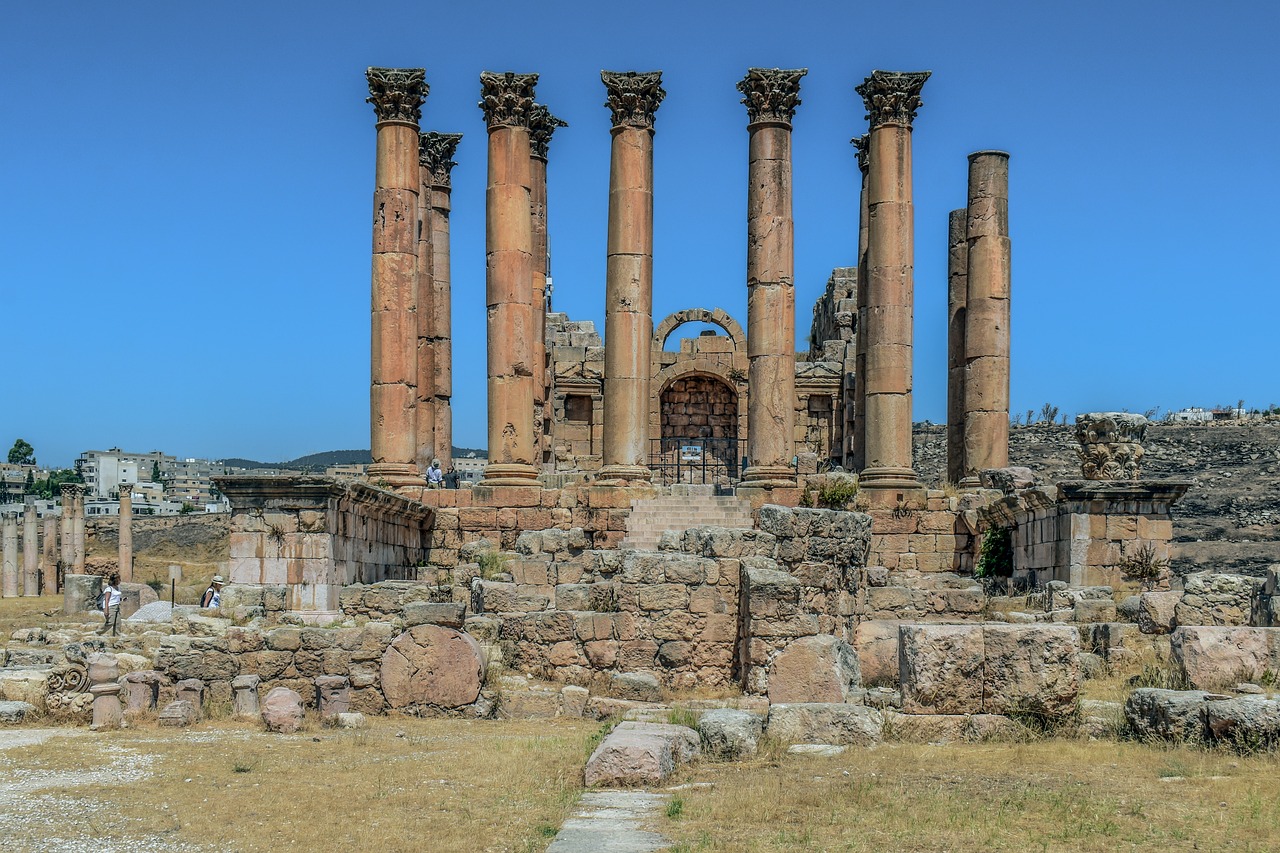
Increased Public Engagement
Exploring the significant advantages of utilizing crowdsourcing data in archaeological research, including enhanced data collection, increased public engagement, improved data accuracy, and accelerated research progress.
When it comes to involving the public in archaeological endeavors, crowdsourcing plays a pivotal role in fostering engagement and igniting a shared passion for preserving our cultural heritage. By inviting individuals from diverse backgrounds to contribute their insights and knowledge, archaeologists can create a sense of community participation that transcends geographical boundaries. Imagine a virtual archaeological team where enthusiasts from around the world come together to unravel the mysteries of ancient civilizations, each bringing their unique perspective and expertise to the table.
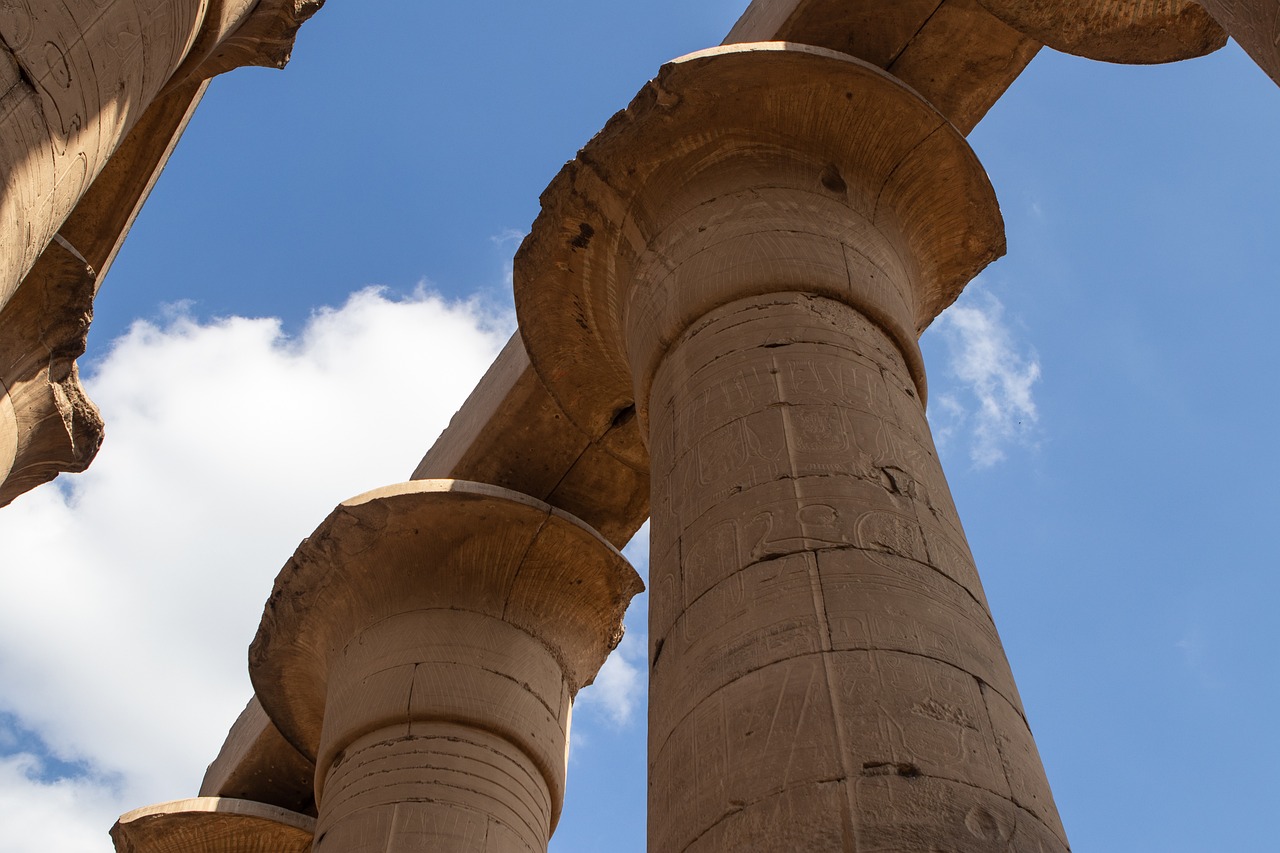
Improved Data Accuracy
Exploring the significant advantages of utilizing crowdsourcing data in archaeological research, including enhanced data collection, increased public engagement, improved data accuracy, and accelerated research progress.
When it comes to ensuring the accuracy of data in archaeological research, crowdsourcing plays a crucial role. By harnessing the collective wisdom and efforts of numerous individuals, crowdsourcing can significantly enhance the accuracy of information gathered. Imagine a scenario where multiple people from different backgrounds and expertise levels collaborate to cross-reference and verify data related to archaeological findings. This collaborative effort not only helps in identifying errors or inconsistencies but also improves the overall reliability of the collected data.
Moreover, crowdsourcing allows for a diverse range of perspectives to be considered when analyzing archaeological data, leading to a more comprehensive understanding of the subject matter. By engaging a large pool of contributors in the verification process, researchers can benefit from a broader scope of insights and interpretations, ultimately contributing to a more accurate representation of historical events and artifacts.
Furthermore, the transparency and openness of crowdsourcing platforms facilitate continuous feedback and validation mechanisms, enabling errors to be identified and corrected promptly. This real-time validation process ensures that the data remains up-to-date and accurate, minimizing the risk of misinformation or inaccuracies in archaeological research.
In essence, the collaborative nature of crowdsourcing not only enhances the accuracy of data but also fosters a culture of shared knowledge and expertise within the archaeological community. By leveraging the collective intelligence of individuals worldwide, researchers can achieve higher levels of precision and reliability in their findings, ultimately advancing the field of archaeology through improved data accuracy.
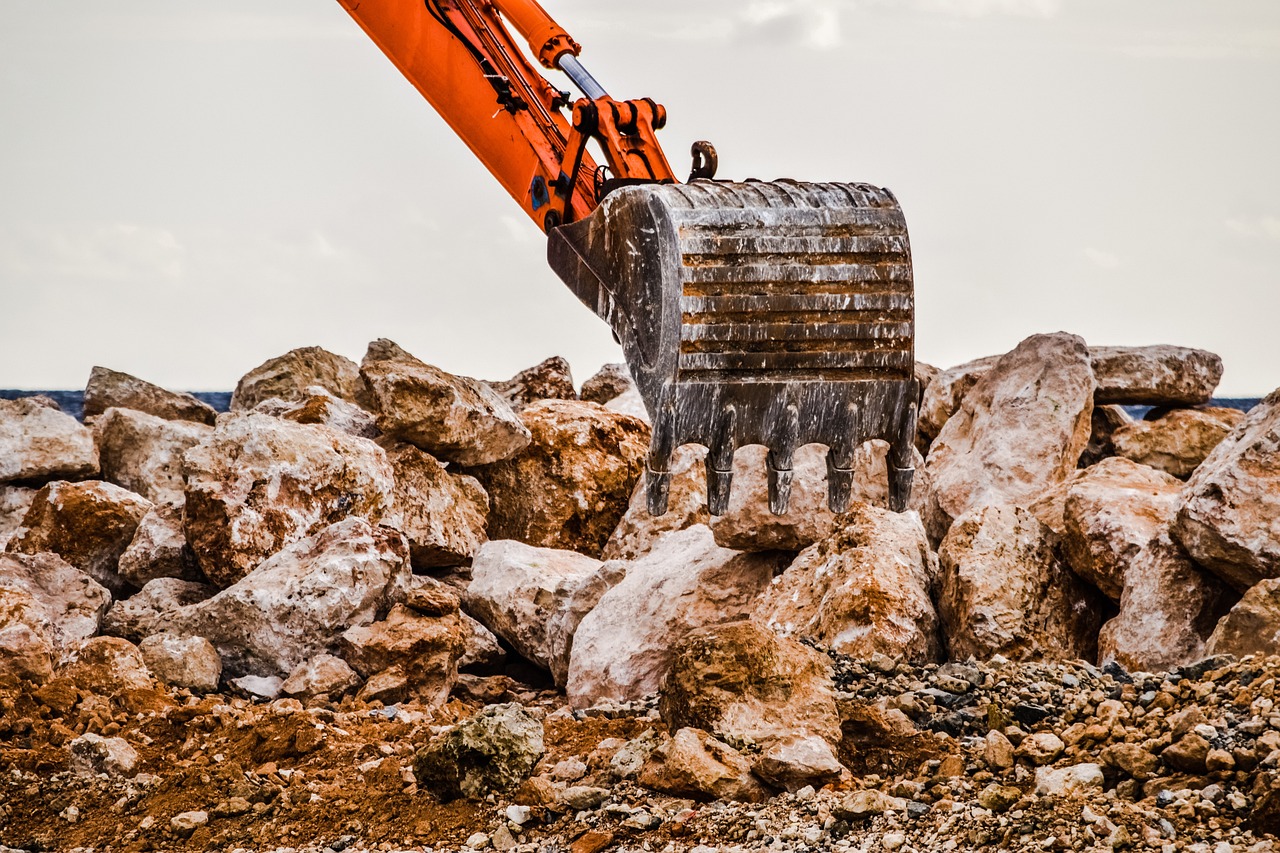
Accelerated Research Progress
Exploring the significant advantages of utilizing crowdsourcing data in archaeological research, including enhanced data collection, increased public engagement, improved data accuracy, and accelerated research progress.
When it comes to accelerating research progress in archaeology, crowdsourcing plays a vital role in expediting the analysis and interpretation of vast amounts of archaeological data. By distributing tasks among a large pool of contributors, the collective effort leads to quicker advancements in research timelines. Think of it as a group of archaeologists working together simultaneously on different aspects of a project, resulting in a faster pace of discovery and understanding.

Preservation of Cultural Heritage
Exploring the significant advantages of utilizing crowdsourcing data in archaeological research, including enhanced data collection, increased public engagement, improved data accuracy, and accelerated research progress.
Preserving cultural heritage is a paramount goal in archaeological research, and crowdsourcing plays a vital role in achieving this objective. By engaging a global audience in the documentation and protection of archaeological sites and artifacts, crowdsourcing ensures that cultural treasures are safeguarded for future generations. The collaborative nature of crowdsourcing allows individuals from diverse backgrounds and locations to contribute to the preservation efforts, creating a sense of shared responsibility towards our collective heritage.
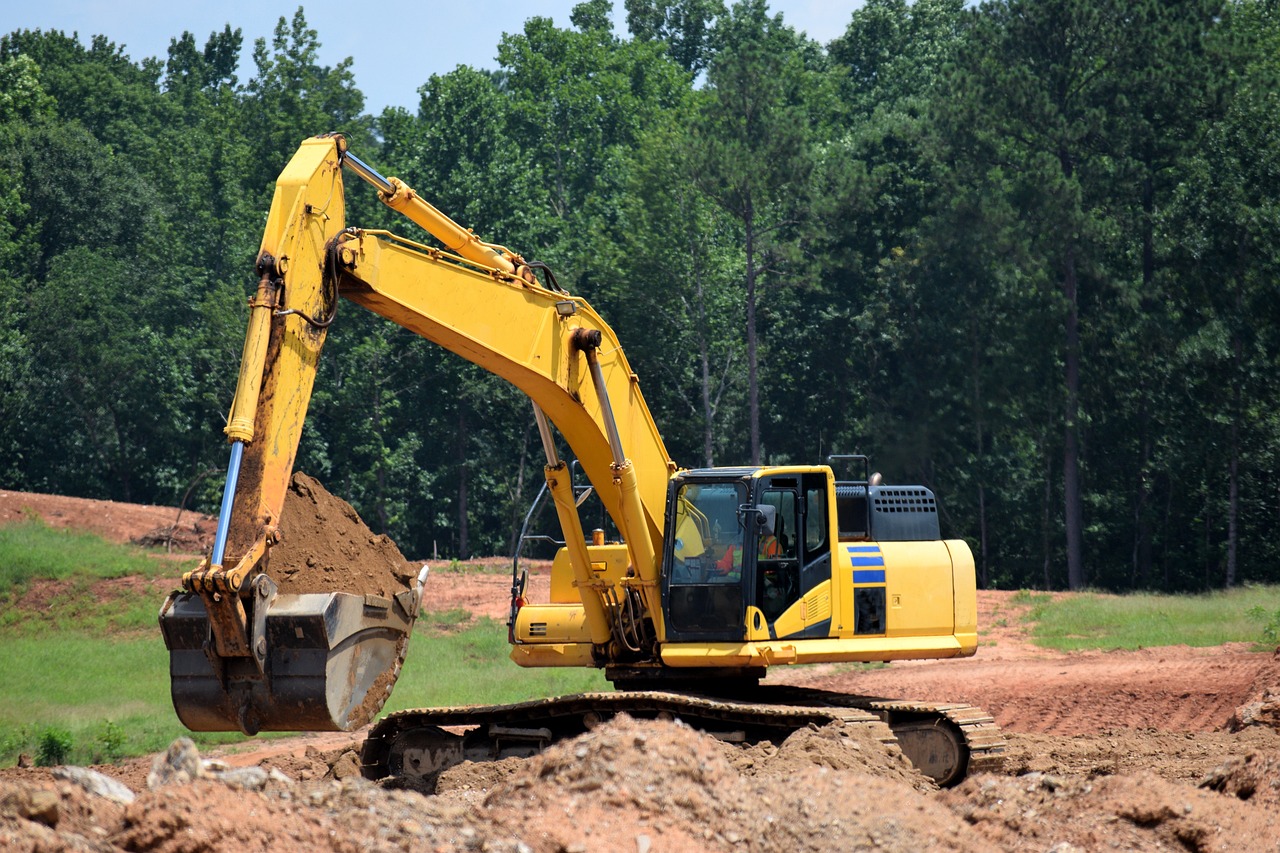
Challenges and Limitations
Exploring the significant advantages of utilizing crowdsourcing data in archaeological research, including enhanced data collection, increased public engagement, improved data accuracy, and accelerated research progress.
When it comes to crowdsourcing data in archaeological research, there are several challenges and limitations that researchers may encounter. One of the primary concerns is the issue of data quality control. With data being contributed by a large number of individuals, ensuring the accuracy and reliability of the information can be a daunting task. Researchers must implement robust validation processes to filter out inaccuracies and inconsistencies.
Another challenge is participant expertise. While crowdsourcing allows for the involvement of a diverse range of contributors, not all participants may possess the necessary knowledge or skills to effectively contribute to archaeological research. This can lead to varying levels of data quality and reliability, requiring researchers to carefully evaluate and validate the information provided.
Project management issues can also arise in crowdsourcing initiatives. Coordinating tasks, communicating effectively with participants, and ensuring the smooth progress of the project can be complex, especially when dealing with a large number of contributors. Researchers must establish clear guidelines and protocols to streamline the crowdsourcing process and maintain project efficiency.
In addressing these challenges and limitations, researchers can enhance the effectiveness of crowdsourcing data in archaeological research. By implementing stringent quality control measures, providing adequate training and support for participants, and establishing efficient project management strategies, the potential of crowdsourcing to revolutionize archaeological research can be fully realized.
Providing insights into the best practices for implementing crowdsourcing initiatives in archaeological research, including clear project goals, effective communication strategies, and data validation methods.
Exploring the future trends and opportunities in crowdsourcing data for archaeological research, such as the integration of artificial intelligence, virtual reality, and mobile applications to enhance collaboration and data analysis.
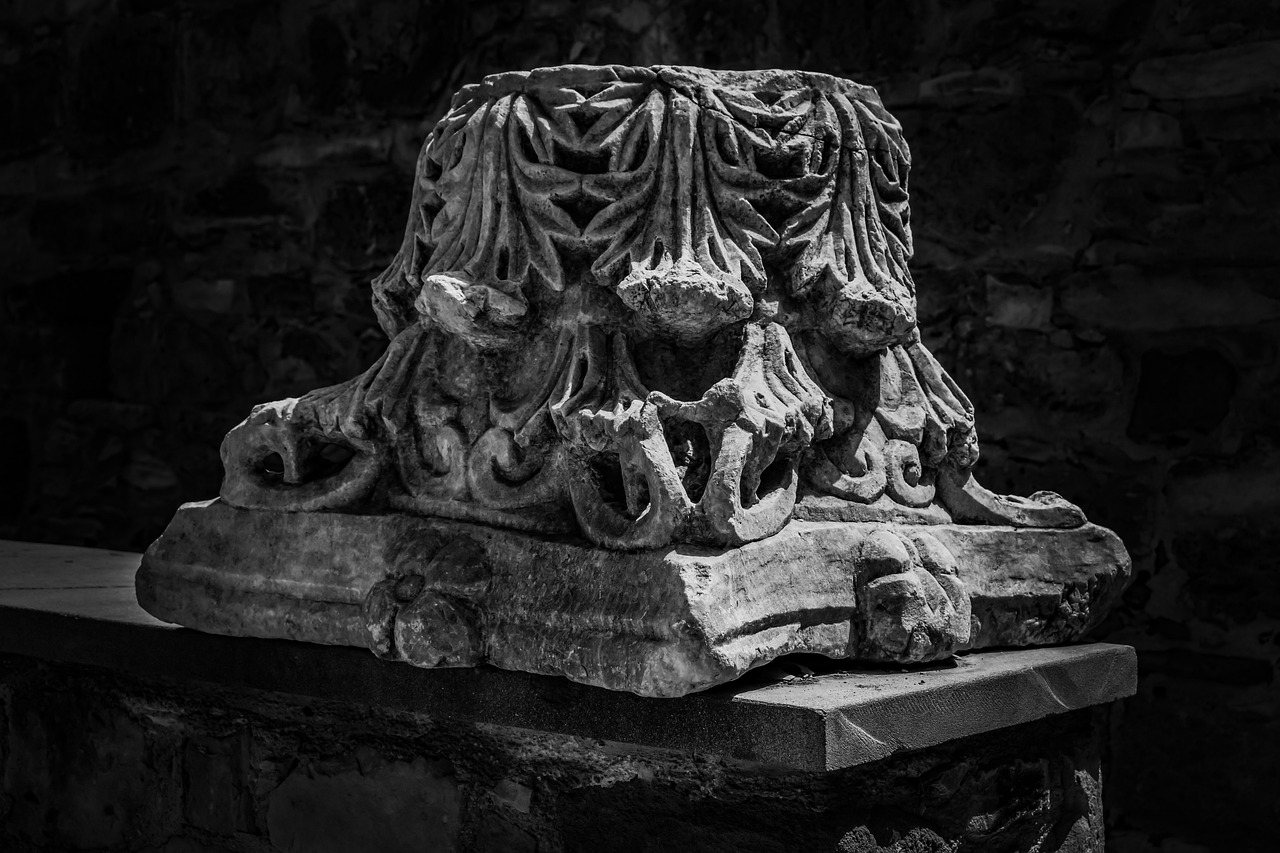
Best Practices for Crowdsourcing in Archaeology
When implementing crowdsourcing initiatives in archaeology, several best practices can enhance the success and efficiency of research projects. One crucial aspect is to establish clear project goals that outline the objectives, scope, and expected outcomes of the crowdsourcing effort. This clarity helps guide participants and ensures that contributions align with the research objectives.
Effective communication strategies are essential for engaging and motivating participants in crowdsourcing activities. Providing clear instructions, regular updates, and feedback mechanisms fosters a sense of community and encourages continued involvement. Utilizing various communication channels, such as social media, email newsletters, and online forums, can help reach a diverse audience and maintain interest in the project.
Data validation methods play a vital role in maintaining the accuracy and reliability of crowdsourced information. Implementing mechanisms for cross-referencing, peer review, and quality control helps identify and address errors or inconsistencies in the data. Establishing protocols for data verification and ensuring transparency in the validation process are key components of maintaining data integrity.
Collaboration and engagement with experts in the field of archaeology can provide valuable insights and guidance throughout the crowdsourcing process. Involving professionals in data interpretation, analysis, and decision-making enhances the credibility and scholarly impact of the research outcomes. Leveraging the expertise of archaeologists and researchers can help ensure the accuracy and relevance of the collected data.
Encouraging participant diversity and inclusivity in crowdsourcing initiatives can enrich the research outcomes by incorporating a wide range of perspectives and knowledge. Embracing cultural diversity, language variations, and different expertise levels among participants can lead to a more comprehensive understanding of archaeological data and facilitate innovative interpretations.
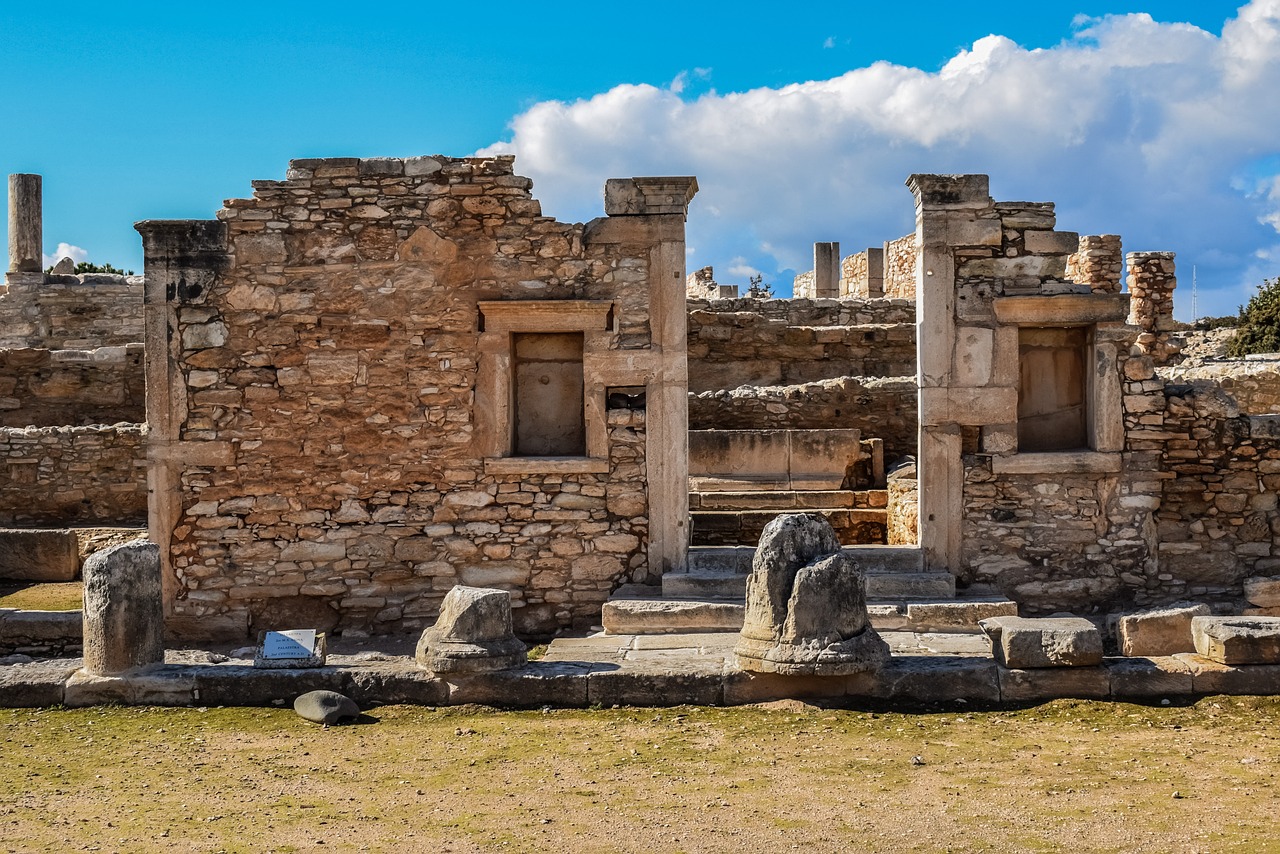
Future Trends and Opportunities
The future of archaeological research is poised for exciting advancements with the integration of crowdsourcing data. As technology continues to evolve, new opportunities emerge for collaboration and innovation in the field. One promising trend is the incorporation of artificial intelligence (AI) tools to streamline data analysis processes. AI algorithms can help sift through vast amounts of information, identify patterns, and provide valuable insights to researchers.
Additionally, virtual reality (VR) technologies offer immersive experiences that can revolutionize how archaeological data is visualized and interpreted. By creating virtual reconstructions of ancient sites and artifacts, researchers can gain a deeper understanding of past civilizations and engage the public in interactive learning experiences.
Mobile applications present another avenue for leveraging crowdsourcing data in archaeology. These apps can enable users to contribute data in real-time, whether through geo-tagging archaeological finds, recording observations, or participating in virtual tours of historical sites. By harnessing the power of mobile technology, researchers can access a wealth of information from a global network of contributors.
Furthermore, the future holds opportunities for interdisciplinary collaborations that blend traditional archaeological methods with cutting-edge technologies. By partnering with experts in fields such as geospatial analysis, data science, and conservation, archaeologists can gain fresh perspectives and innovative approaches to studying the past.
Frequently Asked Questions
- What is crowdsourcing data in archaeological research?
Crowdsourcing data in archaeological research involves the collective contribution of data and information from a diverse group of individuals, often through online platforms. This method allows for the gathering of large volumes of data from various sources to aid in archaeological investigations.
- How does crowdsourcing benefit archaeological research?
Crowdsourcing benefits archaeological research by enhancing data collection, increasing public engagement, improving data accuracy, and accelerating research progress. It enables a wider audience to participate in preserving cultural heritage and contributes to a more comprehensive understanding of archaeological sites.
- What are the challenges associated with crowdsourcing data in archaeology?
Challenges related to crowdsourcing data in archaeology include ensuring data quality control, verifying participant expertise, and managing project logistics effectively. Overcoming these challenges requires implementing best practices, clear communication strategies, and robust data validation methods.
- How can crowdsourcing initiatives be effectively implemented in archaeological research?
Effective implementation of crowdsourcing initiatives in archaeological research involves setting clear project goals, establishing transparent communication channels, and employing reliable data validation techniques. By engaging participants in meaningful tasks and providing necessary guidance, successful crowdsourcing projects can be achieved.
- What are the future trends and opportunities for crowdsourcing data in archaeological research?
The future of crowdsourcing data in archaeological research holds potential for integrating advanced technologies like artificial intelligence, virtual reality, and mobile applications. These innovations can enhance collaboration among contributors, streamline data analysis processes, and open up new avenues for exploring and preserving cultural heritage.

